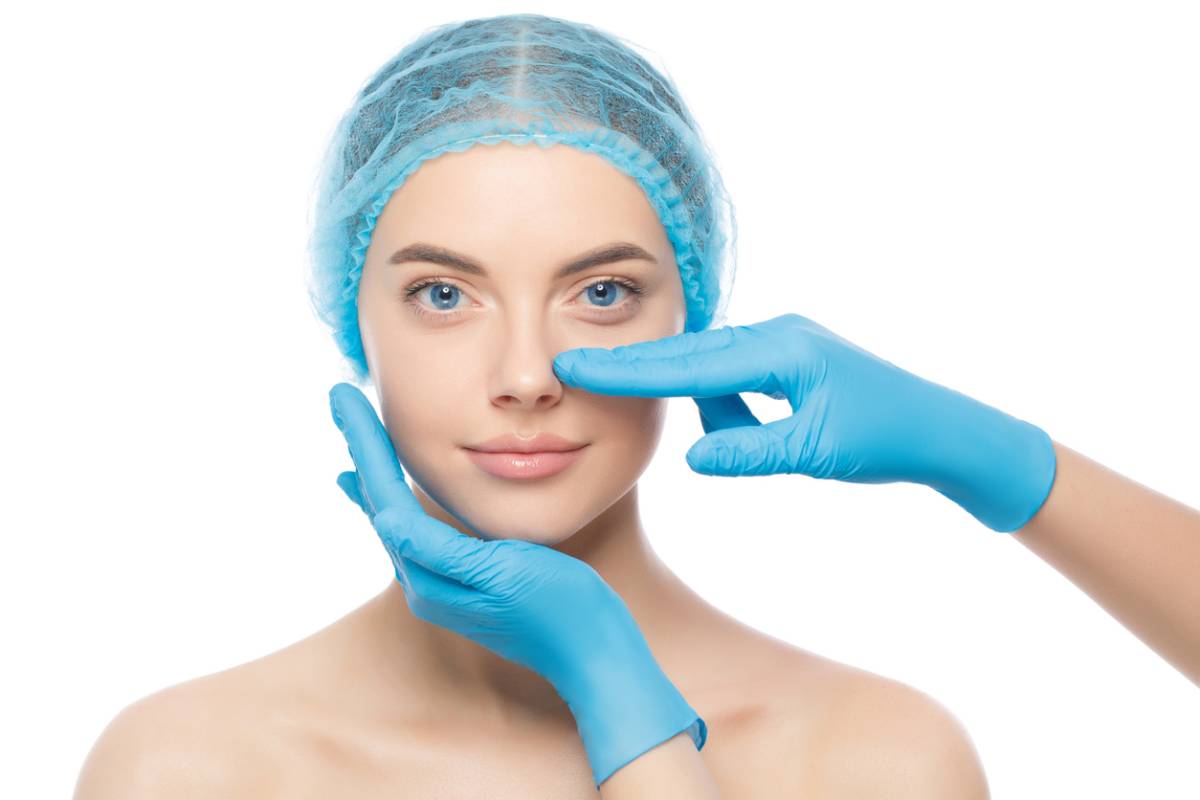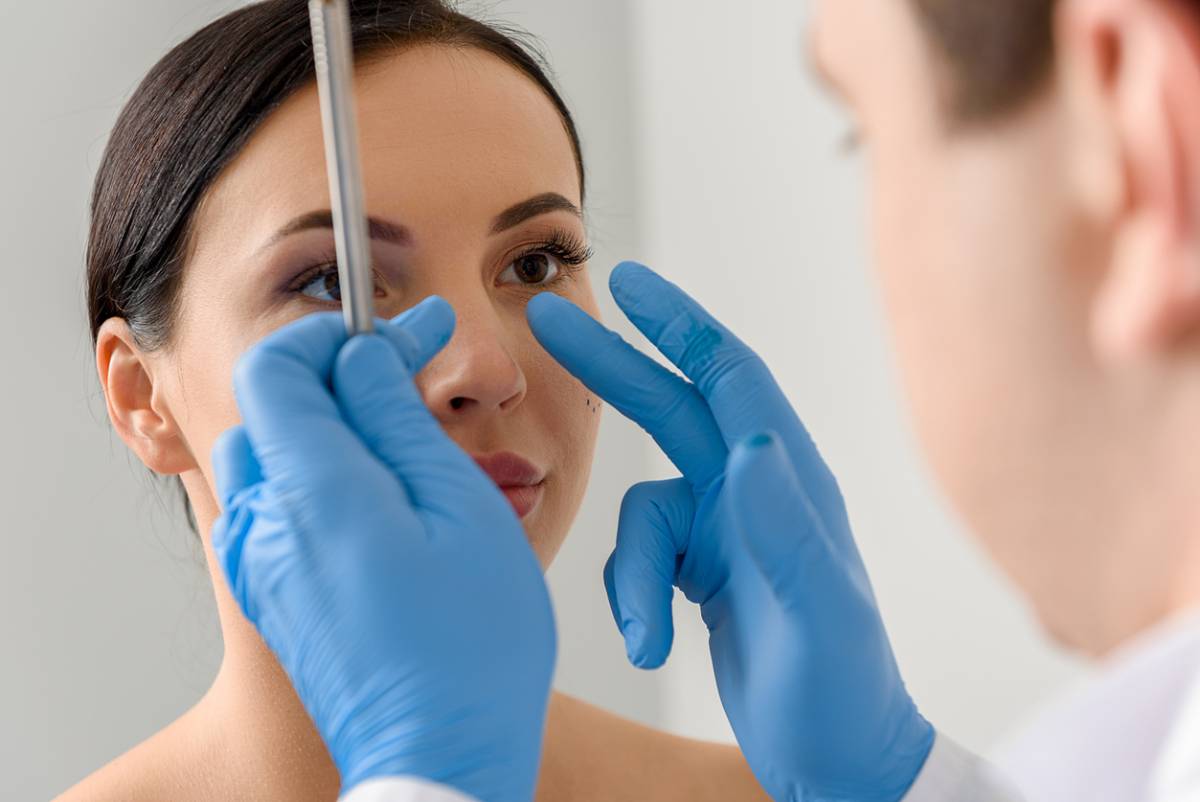What Nose Shape is Right for Me?
A nose job, or a rhinoplasty as it is known in the medical community, is a popular plastic surgery procedure that can alter the appearance of one’s nose. This type of procedure is performed for both aesthetic and medical reasons and in both cases, the right nose shape can have a major impact on one’s overall quality of life.
However, many patients are unaware that there are many different options for rhinoplasty and many different shapes to choose from for interested patients. Knowing the types of shapes can help a patient be more satisfied with their results.
If you are interested in undergoing rhinoplasty, this guide to choosing the right shape for your procedure will help.
What Occurs During a Rhinoplasty?
A rhinoplasty is a type of surgery designed to alter the appearance of one’s nose. Sometimes, this procedure is performed with explicit medical intent, such as rectifying a patient’s deviated septum.
A rhinoplasty can also help patients with various obstructive breathing problems, which have the potential to very significantly impact one’s quality of life. In these situations, rhinoplasty is considered a medical asset.
However, many individuals choose to get rhinoplasty for aesthetic reasons. Since the nose is a central feature of the face, it can have a large impact on how an individual is perceived and, in turn, how they feel about themselves.
The Different Types of Rhinoplasty
There are several types of rhinoplasty, each one designed to address a specific set of issues. Knowing the difference between these procedures can help you select the right one for your situation.
Closed Rhinoplasty
This type of rhinoplasty is considered to be less invasive than the other versions of this procedure. Its non-invasive quality may be helpful to those who struggle with invasive surgery.
Open Rhinoplasty
In this type of rhinoplasty, the surgeon makes incisions in the skin between the nostrils. The skin is then gently lifted away to give the physician access to the bone and cartilage underneath. This is the most commonly requested type of rhinoplasty.
Revision Rhinoplasty
This type of rhinoplasty is utilized when a patient is unsatisfied with the results of an already completed rhinoplasty. If this is the case with your results, you can consult with your physician to discuss whether or not you would benefit from a revision procedure of some kind.
Filler Rhinoplasty
A filler rhinoplasty utilizes injectable fillers instead of invasive surgery techniques. Similarly to closed rhinoplasty, this procedure is considered less invasive, but the trade-off is that the results can be less permanent. If you proceed with filler rhinoplasty, you may need to return to the doctor’s office to receive repeat treatments.
Recovering From a Rhinoplasty
After a rhinoplasty, you will need to take some time to recover fully from the procedure. The most common side effect is swelling. The general recovery time frame for rhinoplasty patients is as follows.
Four to Six Weeks After Surgery
Swelling is expected during this time. Your nose will look and feel larger than usual. The skin surrounding the nose will experience bruising and possible color changes while it heals.
Three Months After Surgery
Swelling decreases over time, and about three months after their initial procedure, most patients find that their nasal swelling has disappeared.
One Year After Surgery
Most patients are able to experience the full benefits of their procedure. At this stage of the recovery process, some may experience very mild residual side effects.
If you still experience discomfort between six months and one year after your procedure, consider discussing this with your physician. Checking in can help rule out the possibility that you are experiencing abnormal side effects. You may be referred to receive revision treatment to amend your results.
The Right Surgeon for Beverly Hills
Beverly Hills Plastic Surgery, Inc., is one of the most highly regarded surgeons in Los Angeles. Contact our plastic surgery center today to chat with a qualified surgeon about a planned rhinoplasty and determine which nose shape is right for you.

